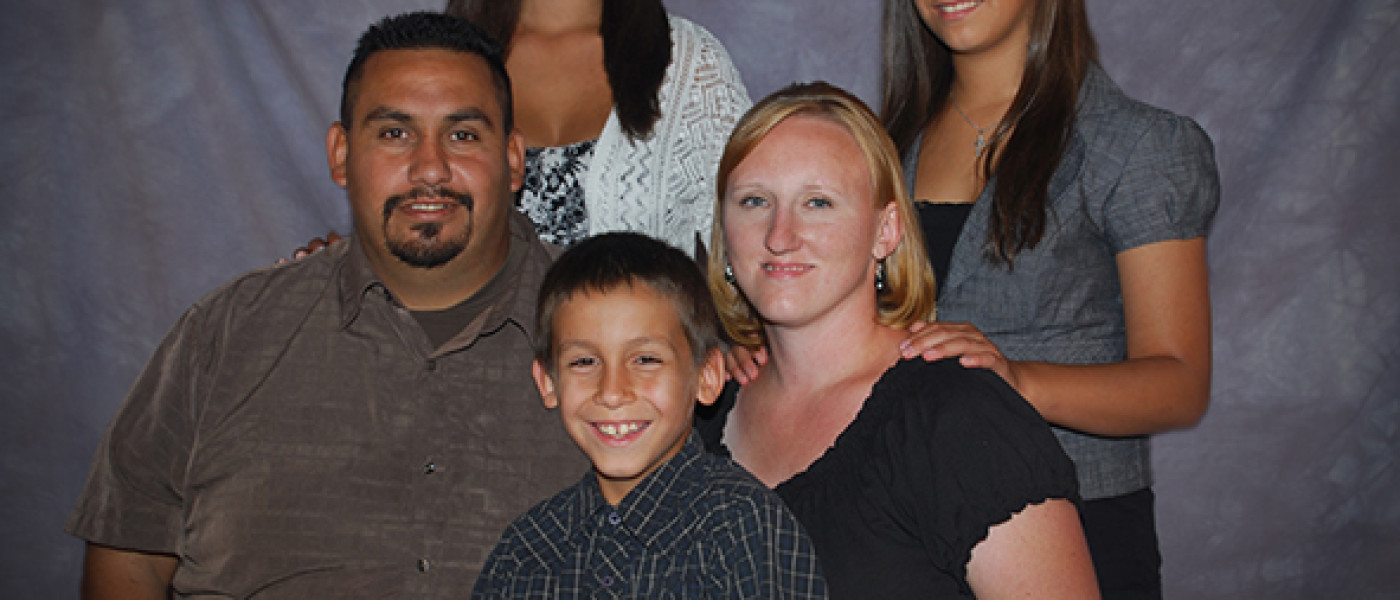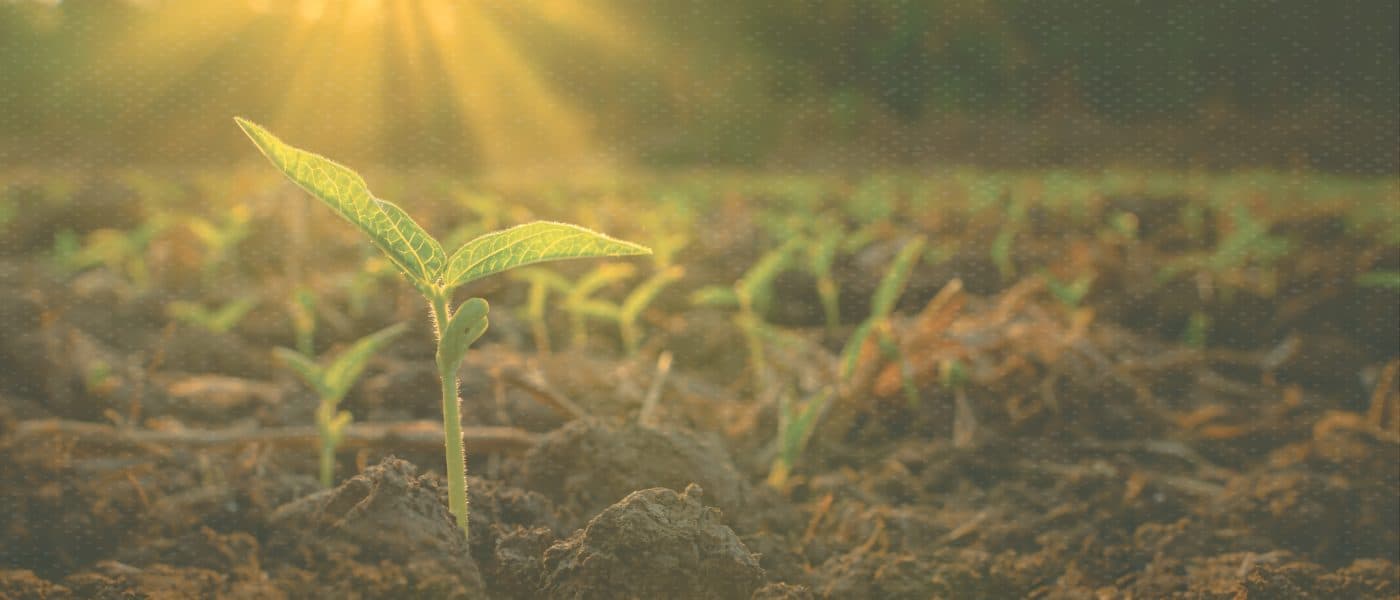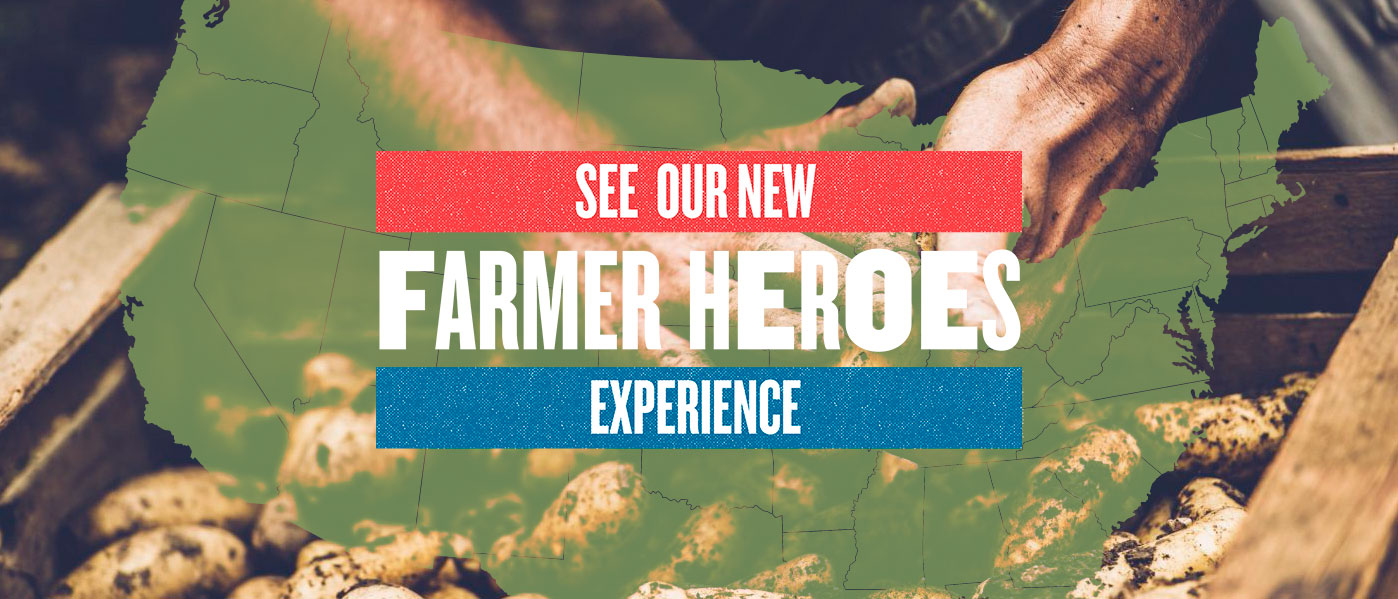The Garza family started a new life farming after moving to Calhan, Colorado from California after being struck by medical problems. They’re using innovative methods to sustainably raise pigs and chickens and also to sell their food directly to members of their community.
A typical day for Chris Garza during the growing season is much like any other farmer: he wakes up, brings his three kids to the bus stop, checks on his grow room, takes care of the pigs and chickens and tends to gardening chores. Like many other family farms, Chris has the help of his wife, Donna, and kids when he needs it. In addition to farming, Chris took on the task of building a house with the help of his family on their 160 acres of farmland in Calhan, Colorado; they hope it will be completed in the next year.
Unlike many family farmers, however, the Garza family had a unique road to farming. They decided to move from urban California to start farming less than two years ago after Chris became legally blind and Donna was diagnosed with multiple sclerosis (MS). As a truck driver and a manager at Sam’s Club with little knowledge of farming, Chris and Donna were able to successfully start Garza Farm through hard work, patience and the Internet.
Chris grew up on a 1-acre ranch, helping to raise cattle, pigs and chickens for the family’s personal use. While in California, he worked driving trucks for Wonderbread for 14 years before being diagnosed with pseudotumor cerebri, a disorder that causes pressure to increase in the skull. The disease has symptoms like a brain tumor without the physical tumor. The condition required Chris to have numerous surgeries, and the pressure on his optic nerve left him blind in his right eye and with less than 20 percent of the vision in his left eye. Chris found that he felt trapped in his house living in Hemet, California, after losing the ability to drive.
“Yes, we need to make a small profit, but we need to bring inexpensive, healthy food to the community. That’s what a family farmer is. That’s what I want.”
Donna was tied to the city her whole life, having no previous experience with farming. Not long after Chris discovered he had pseudotumor cerebri, Donna was diagnosed with multiple sclerosis (MS). The disease causes the immune system to attack the central nervous system, resulting in a multitude of possible symptoms. The symptoms of MS vary among people with generally worsening conditions over time and most people experience good and bad days. For Donna, this means that she requires a cane to walk on most days, but on other days she is unable to leave bed.
Carrying the weight of these life-altering illnesses, the Garzas decided to take to farming with the determination of carrying on the most sustainable, community-oriented practice possible. It’s no secret that with excessive physical labor and no vacation time, farming is a demanding lifestyle, but the Garzas found that the transition gave new life to their family. “People always look at me kind of weird for it,” Chris said, “but me going blind and her getting MS and making us completely disabled has actually saved our family. It’s brought us closer together.”
Chris explained that he lost faith when the two first learned of their disabling physical conditions, but they soon realized that they needed to learn to live with the situation in a hopeful way. The Garzas found that, while a farmer is on the job for 365 days a year, Chris and Donna are still able to spend more time with their kids than ever before. Chris explained that in California they were working upwards of 80 hours per week each. Now they are able to attend school functions and sporting events that were impossible before, giving them both a new appreciation for life through the farming path.
Chris is a self-proclaimed “computer-aholic,” which is in part what made the shift to farm life possible for the Garzas. After Donna was diagnosed with MS, the two did extensive research about the disease, which later molded their farming practice. The Internet, particularly YouTube, came in handy for that!
One issue that came onto their radar screen is antibiotics. As they researched, they learned that livestock are commonly given large quantities of antibiotics intended for human use even when the animals are healthy. In 2011, livestock was dosed with nearly four times the amount of antibiotics that were prescribed to humans to prevent disease and encourage animal growth. There has recently been a rise in health concern surrounding this technique, as it is a factor in an increase in antibiotic-resistant bacteria, which threatens the treatment of people who depend on such antibiotics.
Recognizing the danger behind this issue, Chris and Donna are committed to only give antibiotics to their animals when it is absolutely necessary for the animal’s well being. “There’s too many uncertainties out there with all of the different things that are in the products that we buy,” Donna explained.
The Garzas have also taken a web-based approach to selling their livestock. Rather than selling animals through contracts or auctions, Chris and Donna predominantly sell their products directly to consumers through postings on Craigslist.
Though the two have received advice from friends who raise cattle and hogs using traditional methods, Chris said he took many less-conventional ideas from his research. This helped mold the way Chris feeds his animals in order to provide the livestock with the healthiest diet possible at a reasonable cost.
For instance, Chris has developed a partnership with Rainbow Bakery in Colorado Springs that allows him to feed the chickens and pigs day-old bread. In addition, the pigs are fed produce grown on the farm when it is in season. Most recently, however, Chris discovered a fodder system through his online research, which provides a method of growing barley to feed animals inexpensively. Chris hopes to build a structure that is entirely solar powered to run the fodder system, which uses one pound of seed with 5 percent protein to grow 10 pounds of feed with about 20 percent protein in only six days.
Last year Colorado was affected by the drought that shook agricultural practices across the U.S. In the past, Chris raised cattle in addition to the hogs and poultry, growing sorghum to feed the cattle in the winter. Due to the drought, the Garzas were not able to grow enough to feed the cows through the winter. As a result Garza Farm was forced to sell its cattle, however, they are hopeful that the completed fodder system will make it plausible to begin raising cattle again.
The goal of Garza Farm is simple: maintain a stable profit for the family while providing affordable food for the community in the most sustainable way possible. In doing so, Chris and Donna have a strong commitment to raising animals in a humane way. “With our animals,” Chris said, “yes we’re going to process them and eat them, but as long as I have them I want them to have the best possible life.”
From launching a Kickstarter campaign in hopes of raising infrastructure funds to learning how to can vegetables through YouTube tutorials, Chris and Donna have entered the world of farming with the mentality of California urbanites. The two have overcome tremendous odds, having learned one of the most labor-intensive careers with the challenges presented by pseudotumor cerebri and MS. Through it all, Chris and Donna are gratified by their transition to farming. “Yes, we need to make a small profit,” Chris said, “but we need to bring inexpensive, healthy food to the community. That’s what a family farmer is. That’s what I want.”
Further Reading
- The Farmer Resource Network connects existing farmers and those looking to get into farming to our resource partners and hundreds of organizations providing services, tools and opportunities for family farm profitability and sustainability, as well as immediate support.
- For resources to find food from family farmers like the Garzas in your area, check out our Find Good Food page.
Next
Andrew Pittz



